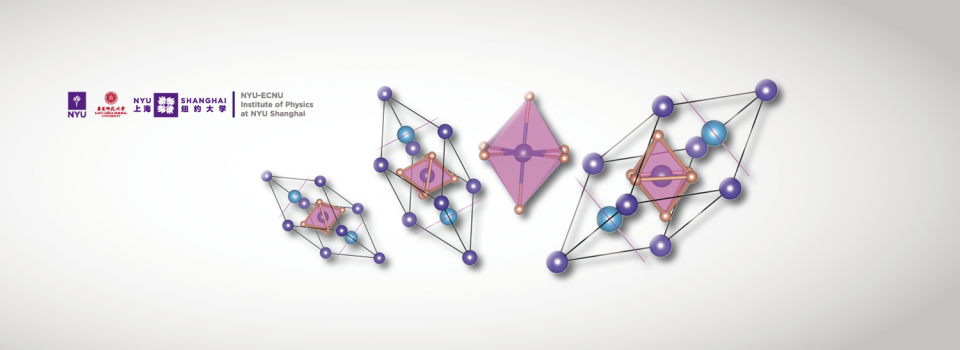Oct 11 2018
Published by
NYU Shanghai

NYU Shanghai physics faculty member Hanghui Chen and his collaborators at the Chinese University of Hong Kong have recently made an unexpected finding regarding a fundamental property of the material LiOsO3. Their results have been published in AIP Applied Physics Letters.
LiOsO3 is a remarkable material. It is “two-faced” in that it displays both polar and metallic characteristics. Most polar materials are insulating, not metallic, in nature, but theorists long predicted that polar materials could also be metallic under certain rare conditions. LiOsO3 was the first such material confirmed experimentally and its unique polar property has drawn a great deal of interest within the science community.
Chen’s collaborator, Swee Goh’s group made an intriguing finding that when LiOsO3 is placed under pressure, its polar transition temperature increases, which is the exact opposite of what one would predict for conventional insulating polar materials.
Chen’s group then performed theoretical calculations that enabled the researchers to explain the experimental results. They found that if the volume of the polar structure is smaller than the non-polar structure at ambient pressure, pressure would enhance the polar transition temperature. Conversely, if the volume of the polar structure is larger, pressure will decrease the polar transition temperature. This is in perfect alignment with thermodynamics principles, which state that pressure always favors the structure with the smallest volume.
“The same calculations could also be applied to a wide range of polar materials to predict their properties,” explained Chen.
This research was funded, in part, by the National Natural Science Foundation of China (Nos. 11774236 and 11504310), and a Seed Grant from the NYU-ECNU Joint Research Institutes at NYU Shanghai.
Journal Reference:
Esteban I. Paredes Aulestia, Yiu Wing Cheung, Yue-Wen Fang, Jianfeng He, Kazunari Yamaura, Kwing To Lai, Swee K. Goh and Hanghui Chen, "Pressure-induced enhancement of non-polar to polar transition temperature in metallic LiOsO3", Applied Physics Letter 113, no. 1 (2018): 012902. doi:10.1063/1.5035133.


